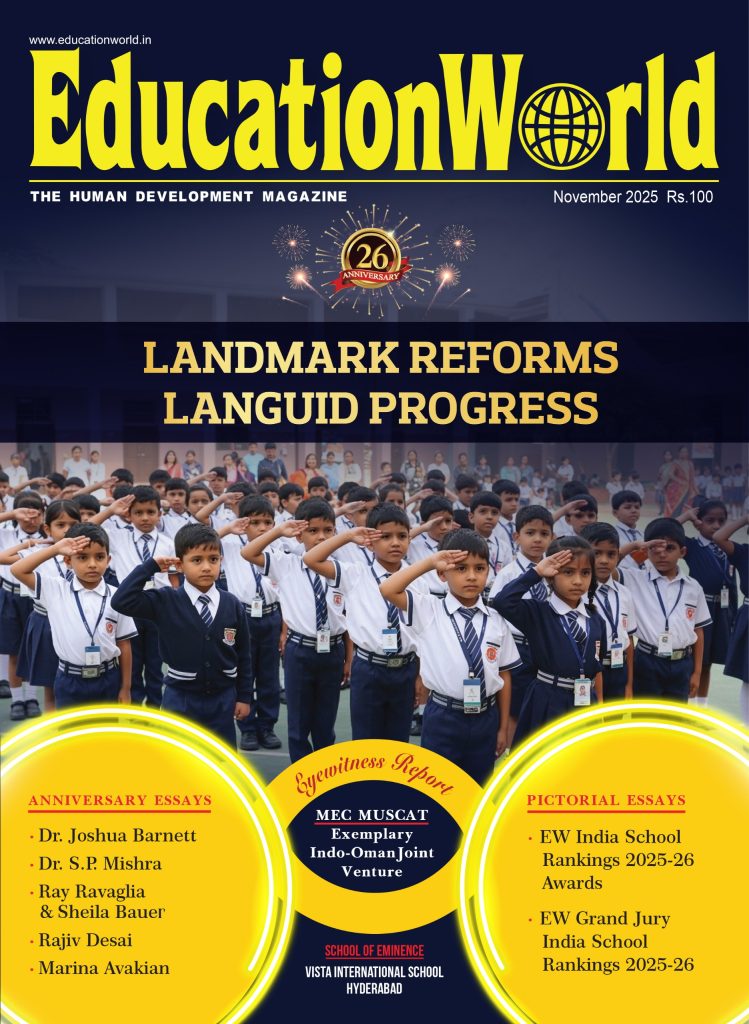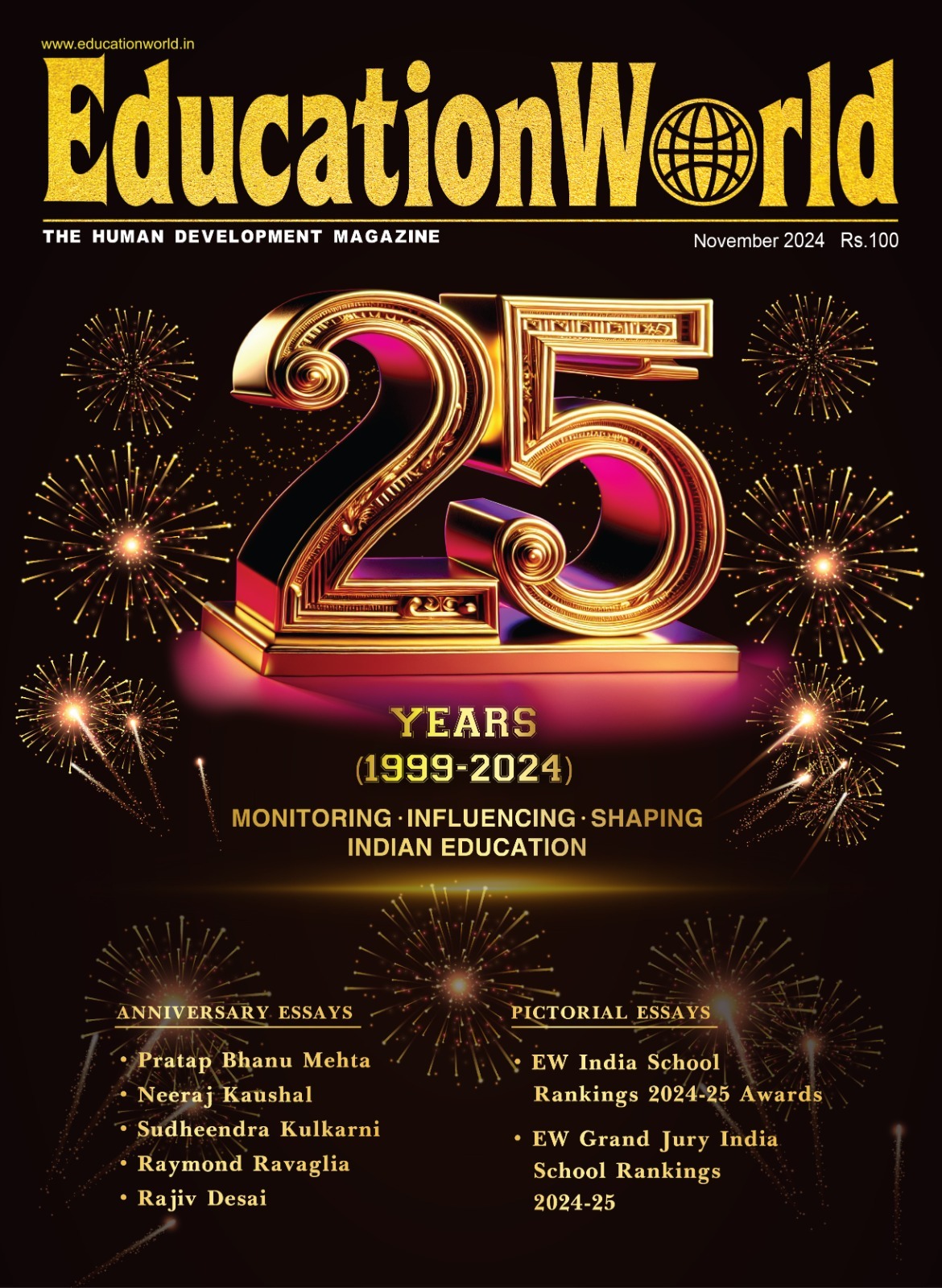Amazing Inventions Failure Record
The US-based Alphabet inc, aka Google’s announcement last month that its quantum computing chip Willow comprises the structure of a molecule that’s 13,000 times faster than the best currently available super computer, highlights the backwardness of India where political leaders routinely proclaim imminent superpower status for this country.
Willow possesses 105 qubits, i.e information units, per chip against which India’s National Qauntum Mission has predicted production of chips with 50 qubits in five years. China’s Zuchongzhi computing chip also reportedly has 105 qubits of information units, although it is believed to be slower than Willow. This widening gap has profound implications in terms of tech dependency, economic growth, and not least for defence of India’s land and maritime borders.
Although contemporary India has the world’s second largest higher education system incorporating 52,081 junior and undergrad colleges and 1,338 universities with an aggregate enrolment of 45 million students and faculty, it’s remarkable that the academy has not ideated a single global transformative product or service on the lines of the internet, smartphone, robotics, machine learning among other disruptive technologies — except perhaps the Unified Payments Information system. The issue of disruptive technologies aside, it’s shocking that India’s gigantic higher education system has not delivered satisfactory solutions to national problems such as low farm and industry productivity, widespread malnutrition and illiteracy, and massive housing shortage
This very question was posed to a panel of eminent education leaders at the EducationWorld India Higher Education Rankings Awards (EWIHRA) conclave convened last June. The standard answer was to derive satisfaction from the glass half full — that we have travelled a long way since 1947. Yet such self-to-self comparison is delusional. The correct progress measurement metric is to invoke the international demonstration effect, i.e, measure our progress with the socio-economic development of other nations. Thus assessed, 21st century India with an annual per capita income of $2,600 (ppp) is way behind the US ($86,000), China ($13,600) and several African countries enfeebled by over 200 years of slavery.
This sorry condition of our high-potential country necessitates deep introspection in the academy, industry and intelligentsia. A new beginning starting with government respect for the academy and close academy-industry interaction to innovate and commercialise knowledge for betterment of the poor huddled masses is the way forward. At the said EWIHERA conclave, several academy leaders swore to research and develop solutions to prevent farm stubble burning, cleanse life-sustaining rivers and rein in automobiles choking India’s high-productivity cities. Fruits of their ideation and research are awaited.

















Add comment